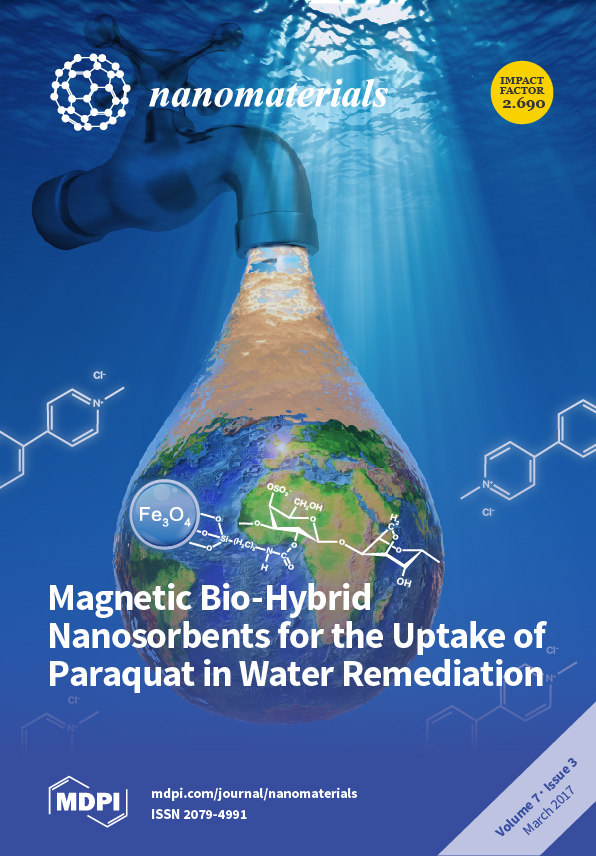Li
3V
2(PO
4)
3−xBr
x/carbon (
x = 0.08, 0.14, 0.20, and 0.26) composites as cathode materials for lithium-ion batteries were prepared through partially substituting PO
43− with Br
−, via a rheological phase
[...] Read more.
Li
3V
2(PO
4)
3−xBr
x/carbon (
x = 0.08, 0.14, 0.20, and 0.26) composites as cathode materials for lithium-ion batteries were prepared through partially substituting PO
43− with Br
−, via a rheological phase reaction method. The crystal structure and morphology of the as-prepared composites were characterized by X-ray diffraction (XRD) and scanning electron microscopy (SEM), and electrochemical properties were evaluated by charge/discharge cycling and electrochemical impedance spectroscopy (EIS). XRD results reveal that the Li
3V
2(PO
4)
3−xBr
x/carbon composites with solid solution phase are well crystallized and have the same monoclinic structure as the pristine Li
3V
2(PO
4)
3/carbon composite. It is indicated by SEM images that the Li
3V
2(PO
4)
3−xBr
x/carbon composites possess large and irregular particles, with an increasing Br
− content. Among the Li
3V
2(PO
4)
3−xBr
x/carbon composites, the Li
3V
2(PO
4)
2.86Br
0.14/carbon composite shows the highest initial discharge capacity of 178.33 mAh·g
−1 at the current rate of 30 mA·g
−1 in the voltage range of 4.8–3.0 V, and the discharge capacity of 139.66 mAh·g
−1 remains after 100 charge/discharge cycles. Even if operated at the current rate of 90 mA·g
−1, Li
3V
2(PO
4)
2.86Br
0.14/carbon composite still releases the initial discharge capacity of 156.57 mAh·g
−1, and the discharge capacity of 123.3 mAh·g
−1 can be maintained after the same number of cycles, which is beyond the discharge capacity and cycleability of the pristine Li
3V
2(PO
4)
3/carbon composite. EIS results imply that the Li
3V
2(PO
4)
2.86Br
0.14/carbon composite demonstrates a decreased charge transfer resistance and preserves a good interfacial compatibility between solid electrode and electrolyte solution, compared with the pristine Li
3V
2(PO
4)
3/carbon composite upon cycling.
Full article






